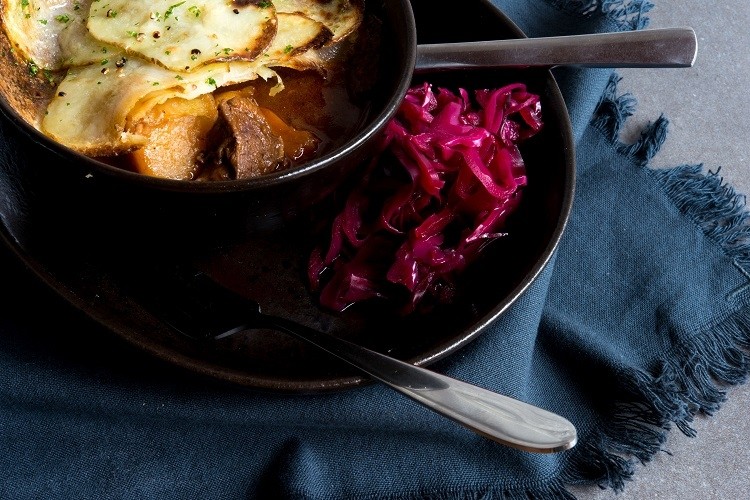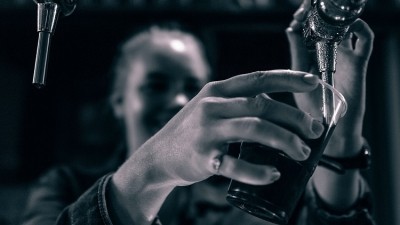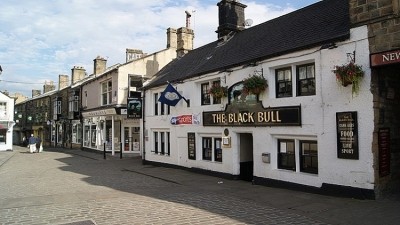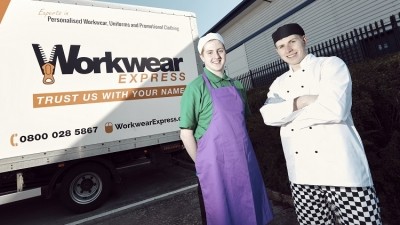Pub adds carbon footprints of meals to menu

The Sticklebarn worked with a leading academic to calculate the total amount of greenhouse gases produced to directly and indirectly support the food production.
Low-carbon meals on offer at the Lake District pub include a black bean burger and an apple and walnut salad with baked polenta, at 0.86kg CO2e and 0.97kg CO2e respectively.
Meals with meat have higher footprints, ranging between 2.72kg CO2e and 5.4kg CO2e.
An average individual in the UK produces approximately 9kg CO2e each day through eating and drinking, depending on their diet.
Sticklebarn’s food and beverages manager Gareth Fuke said the calculator helped the site plan its food offer and helped inform diners’ choices.
Freedom to choose
He said: “Food is such an important part of people’s lives and there is much more awareness and interest in seasonal and local. The carbon calculator is a way of quantifying this.
“It’s been well received and people appreciate being given the freedom to choose what they want to eat.
“We want meat on our menu that is local and high quality so we can cater for everyone.”
The site is the only one of pub out of 60 owned by the National Trust that is run by the conservation charity.
Fuke added: “At Sticklebarn, we champion the traditional Herdwick breed for our lamb dishes, produced by local farmers including our tenant farmers. These hardy sheep graze on our mountains and taste wonderful.”
The pub’s slow-roasted lamb burger meal was rated 4.53kg CO2e.
Impact of imports
Mike Berners-Lee, who researches carbon footprinting at Lancaster University’s Small World Consulting, spent 10 years creating a database and tools to measure carbon emissions.
He helped the site produce its menu ratings and said: “We spent more than a decade analysing all the individual components that go into the life cycle of everyday items like food, clothes and transport. It gives us a rich database from which we can calculate carbon emissions.
“Meat is high, but so is anything that arrives by plane like asparagus, grapes and raspberries. Anything imported by boat, or travelling by road, usually has a far lower carbon footprint.”
The 400-year-old site is powered by green energy green energy from a hydroelectric system which harnesses fast-flowing water to generate energy. This attention to detail has seen the pub awarded two out of three stars by the Sustainable Restaurant Association (SRA).






